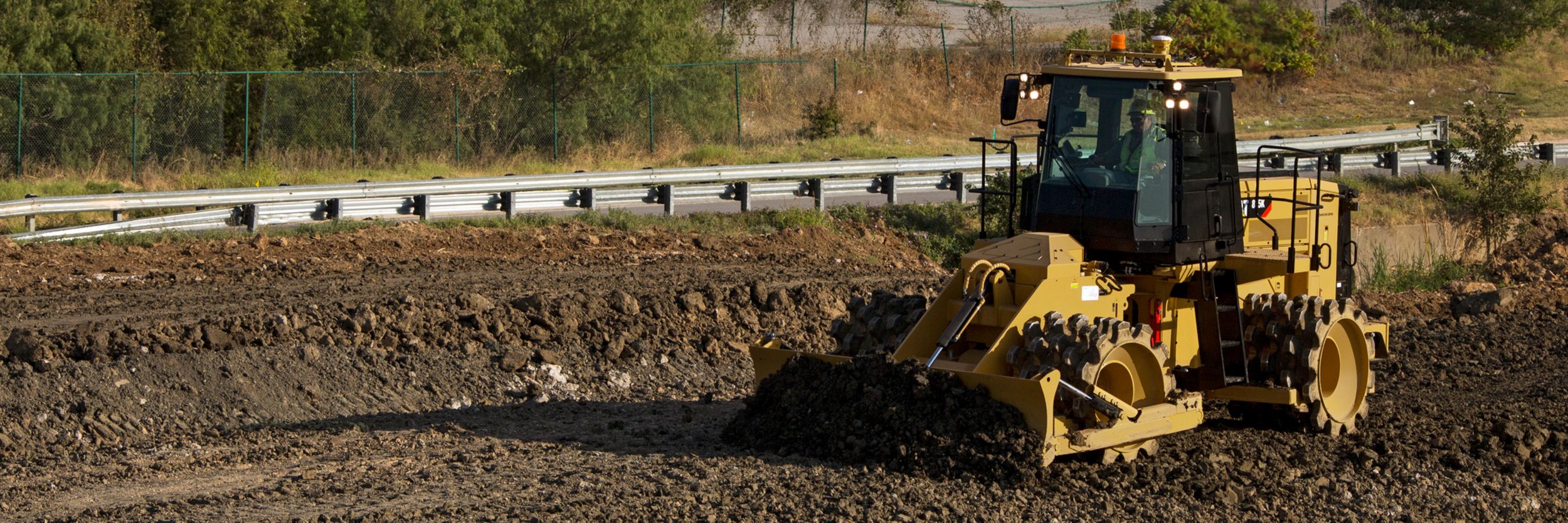Dividend Stock Analysis: Caterpillar, Inc.
Image Source: Caterpillar
Linked here is a detailed quantitative analysis of Caterpillar, Inc. (CAT). Below are some highlights from the above linked analysis:
Company Description: Caterpillar Inc. is the world's largest producer of earthmoving equipment, and a major manufacturer of mining equipment, electric power generators and engines used in petroleum markets.
Fair Value: In calculating fair value, I consider the NPV MMA Differential Fair Value along with these four calculations of fair value, see page 2 of the linked PDF for a detailed description:
1. Avg. High Yield Price
2. 20-Year DCF Price
3. Avg. P/E Price
4. Graham Number
CAT is trading at a premium to all four valuations above. When also considering the NPV MMA Differential, the stock is trading at a 243.7% premium to its calculated fair value of $152.1. CAT did not earn any Stars in this section.
Dividend Analytical Data: In this section, there are three possible Stars and three key metrics, see page 2 of the linked PDF for a detailed description:
1. Free Cash Flow Payout
2. Debt To Total Capital
3. Key Metrics
4. Dividend Growth Rate
5. Years of Div. Growth
6. Rolling 4-yr Div. > 15%
CAT earned one Star in this section for 1.) above. A Star was earned since the Free Cash Flow payout ratio was less than 60% and there were no negative Free Cash Flows over the last 10 years. The company has paid a cash dividend to shareholders every year since 1914 and has increased its dividend payments for 31 consecutive years.
Dividend Income vs. MMA: Why would you assume the equity risk and invest in a dividend stock if you could earn a better return in a much less risky money market account (MMA) or Treasury bond? This section compares the earning ability of this stock with a high yield MMA. Two items are considered in this section, see page 2 of the linked PDF for a detailed description:
1. NPV MMA Diff.
2. Years to > MMA
The negative NPV MMA Diff. means that on a NPV basis, the dividend earnings from an investment in CAT would be less than a similar amount invested in MMA earning a 20-year average rate of 3.75%. If CAT grows its dividend at 3.4% per year, it will never equal a MMA yielding an estimated 20-year average rate of 3.75%.
Peers: The company's peer group includes: The Deere & Company (DE) with a 1.4% yield, Komatsu Ltd. (KMTUY) with a 3.4% yield, and Terex Corporation (TEX) with a 1.2% yield.
Conclusion: CAT did not earn any Stars in the Fair Value section, earned one Star in the Dividend Analytical Data section, and did not earn any Stars in the Dividend Income vs. MMA section for a total of one Star. This quantitatively ranks CAT as a 1-Star Very Weak stock.
Using my D4L-PreScreen.xls model, I determined the share price would need to decrease to $152.09 before CAT's NPV MMA Differential increased to the $500 minimum that I look for in a stock with 31 years of consecutive dividend increases. At that price, the stock would yield 4.0%.
Resetting the D4L-PreScreen.xls model and solving for the dividend growth rate needed to generate the target $500 NPV MMA Differential, the calculated rate is 3.5%. This dividend growth rate is slightly higher than the 3.4% used in this analysis, thus providing no margin of safety. CAT has a risk rating of 1.75, which classifies it as a Medium risk stock.
CAT's business is highly dependent on global economic conditions. The company's Free Cash Flow Payout of 37% (up from 29%) is below my desired maximum. Its Debt To Total Capital of 69% (up from 66%) is well above my desired maximum. The stock is currently trading at a premium to my calculated fair value of $152.10. I will not be initiating a position in CAT in my Dividend Growth Stocks Portfolio at this time.
More By This Author:
Dividend Stock Analysis: Bank Of The Ozarks
Dividend Stock Analysis: Consolidated Edison, Inc.
Dividend Stock Analysis: Hormel Foods Corp.
Disclosure: At the time of this writing, I held no position in CAT (0.0% of my Dividend Growth Portfolio). See a list of all more




